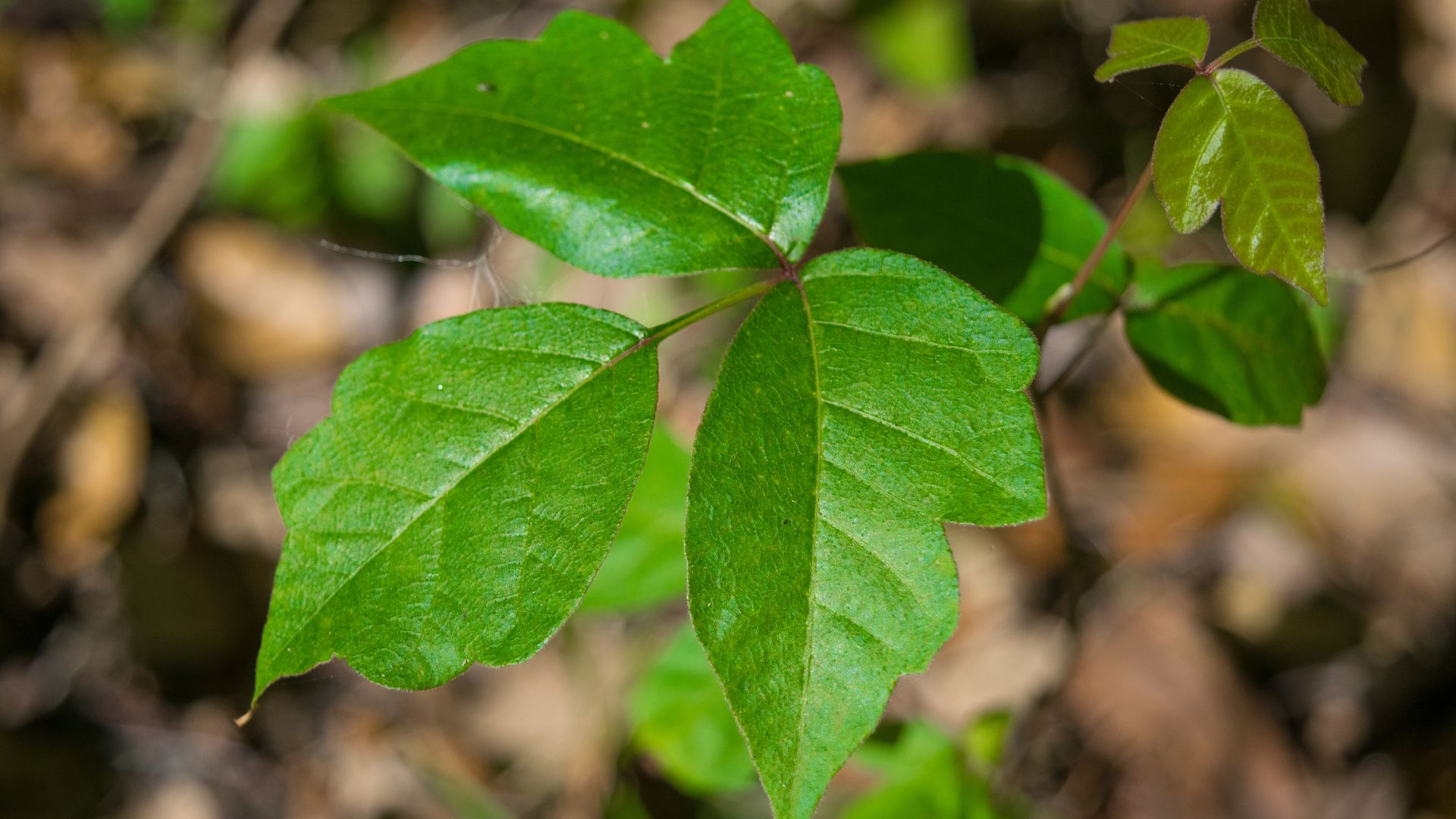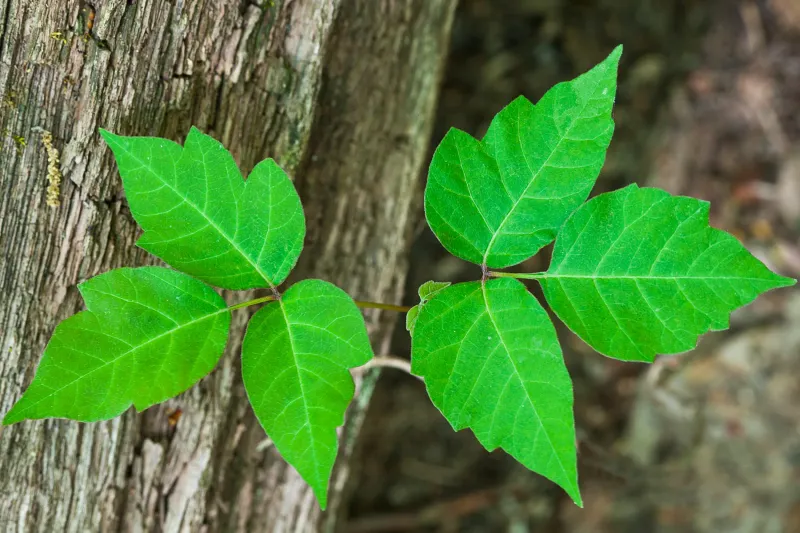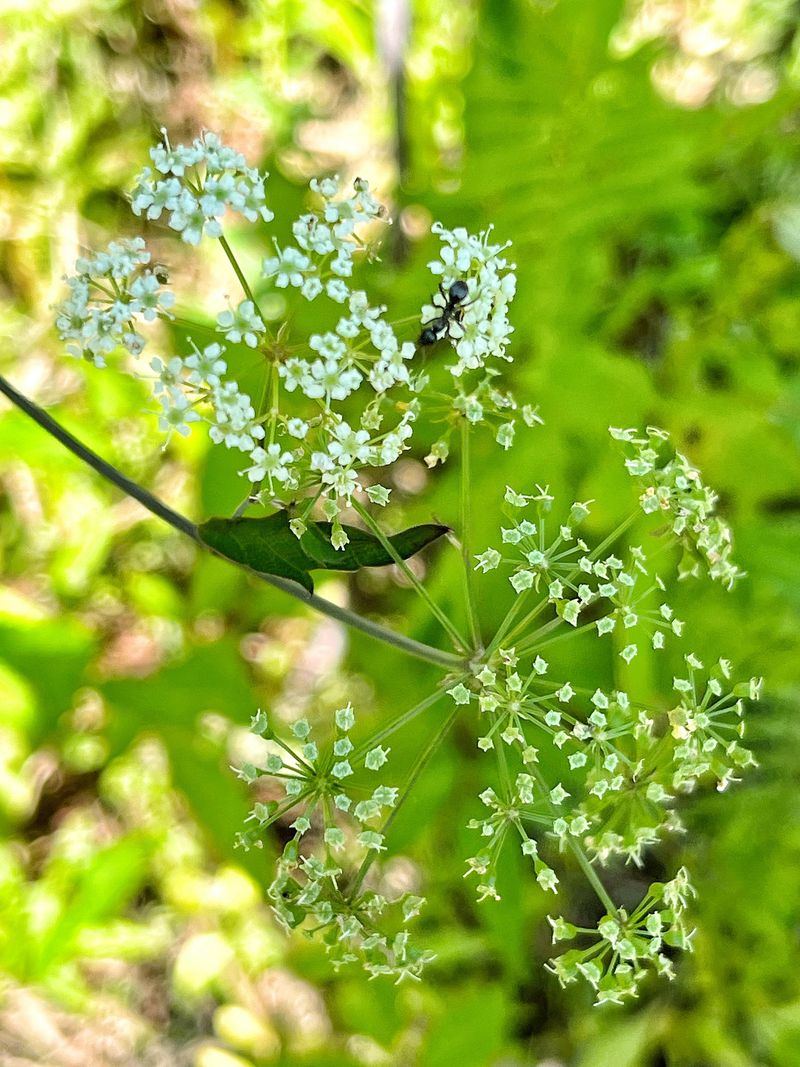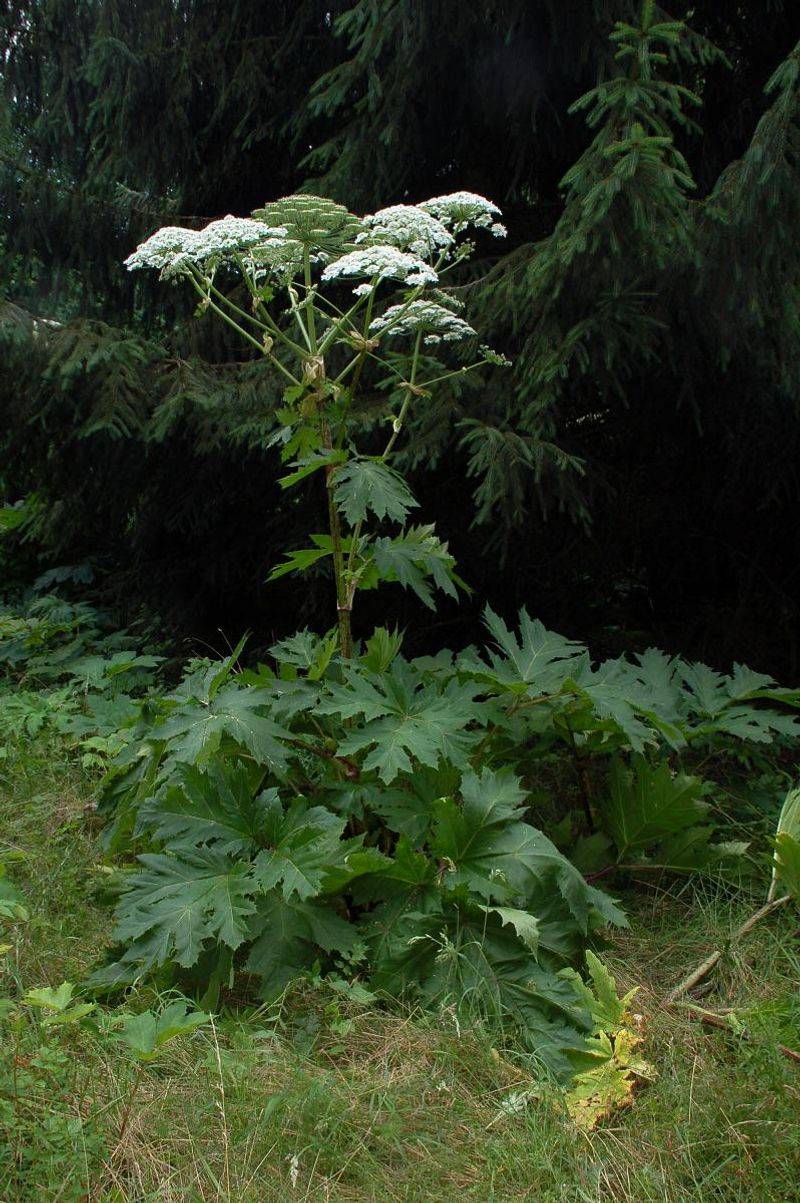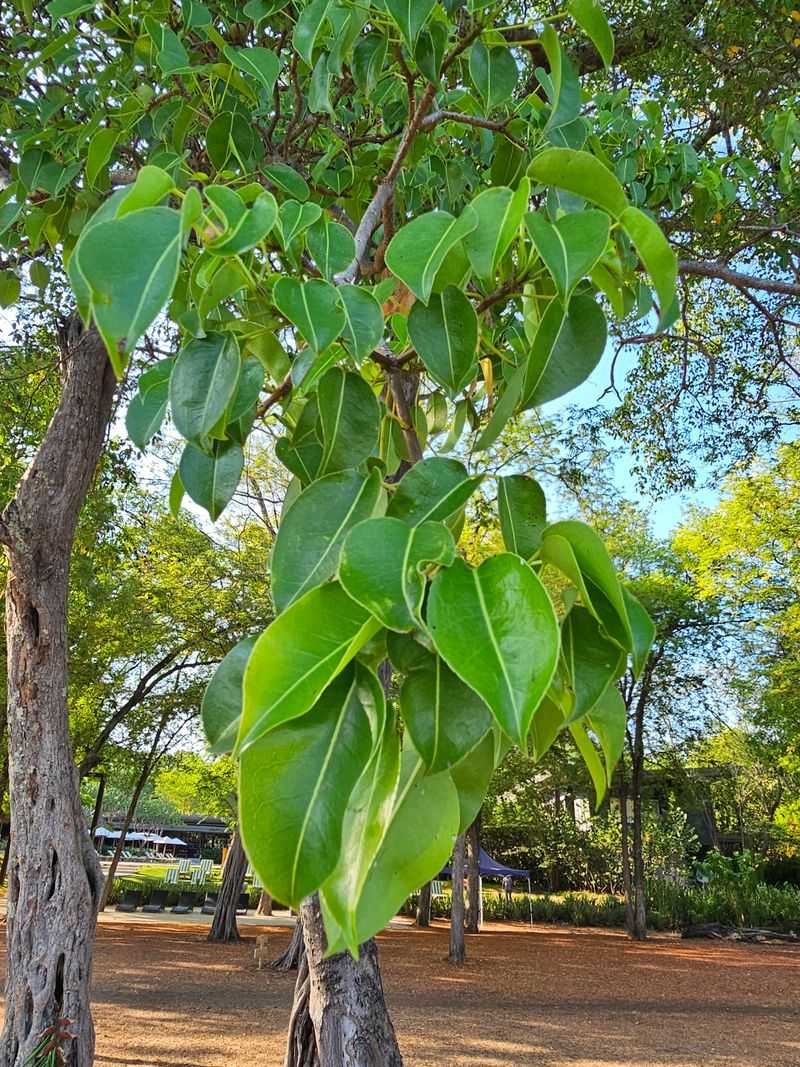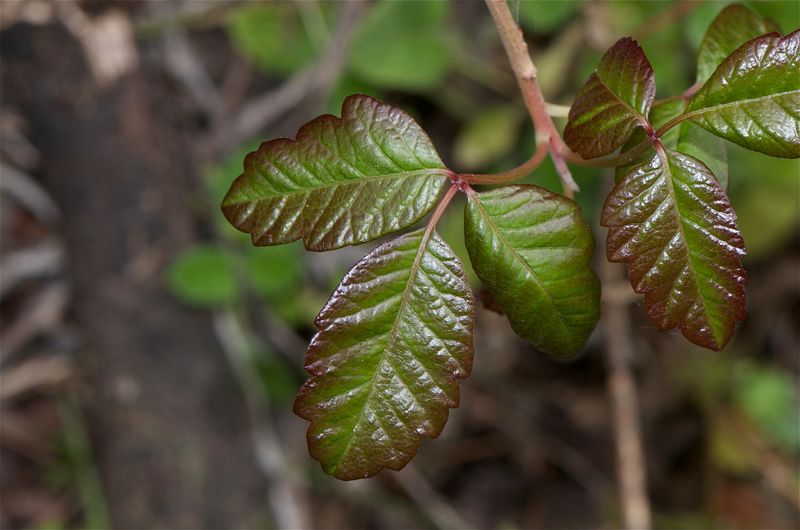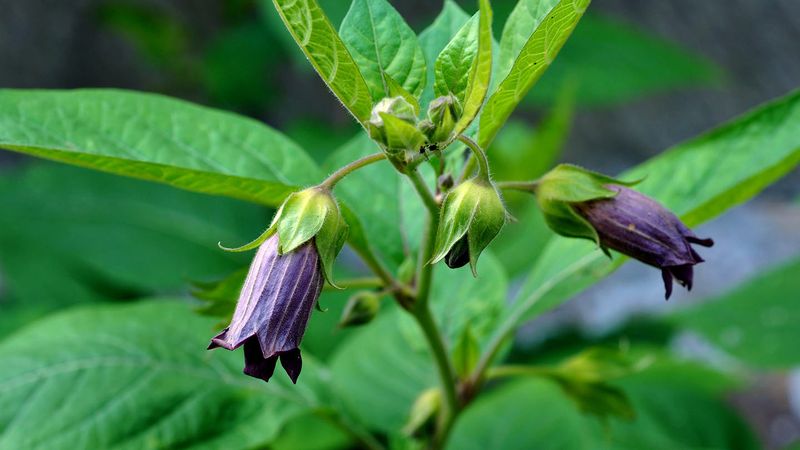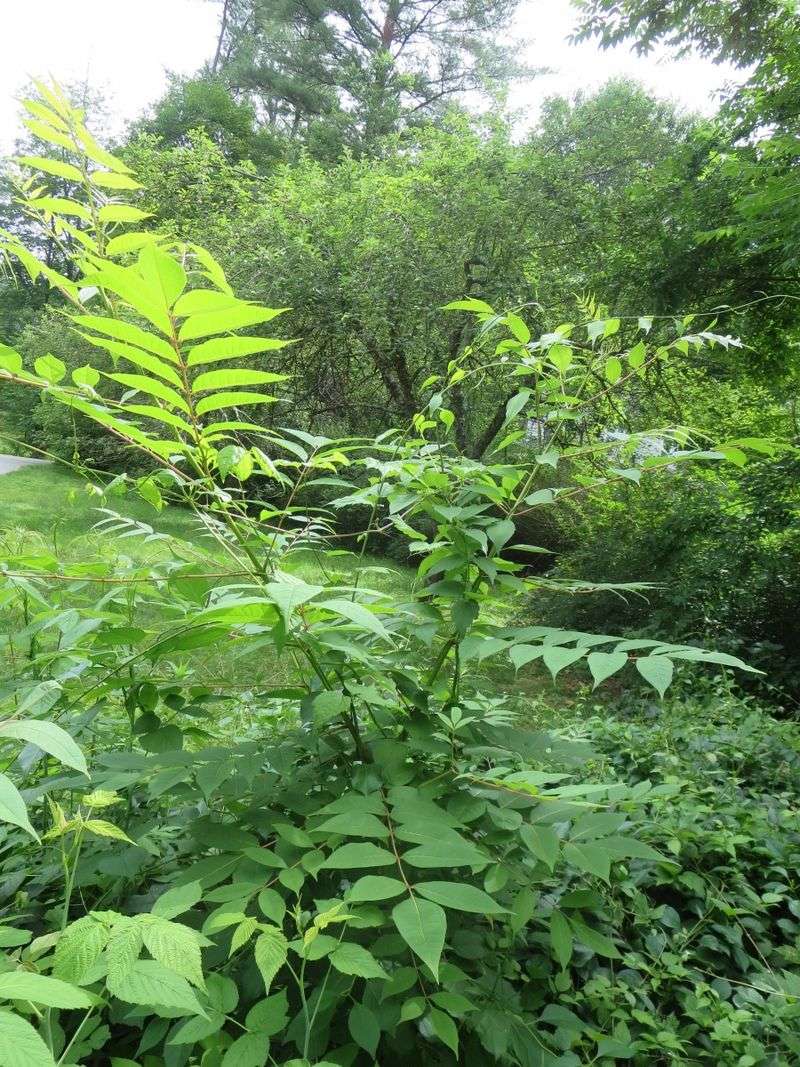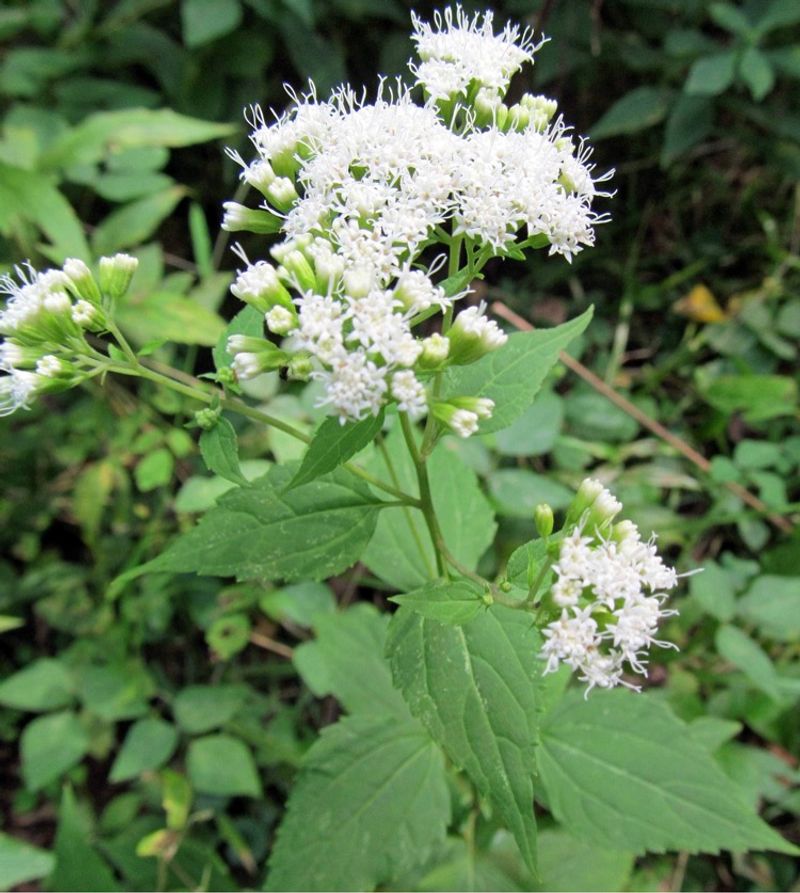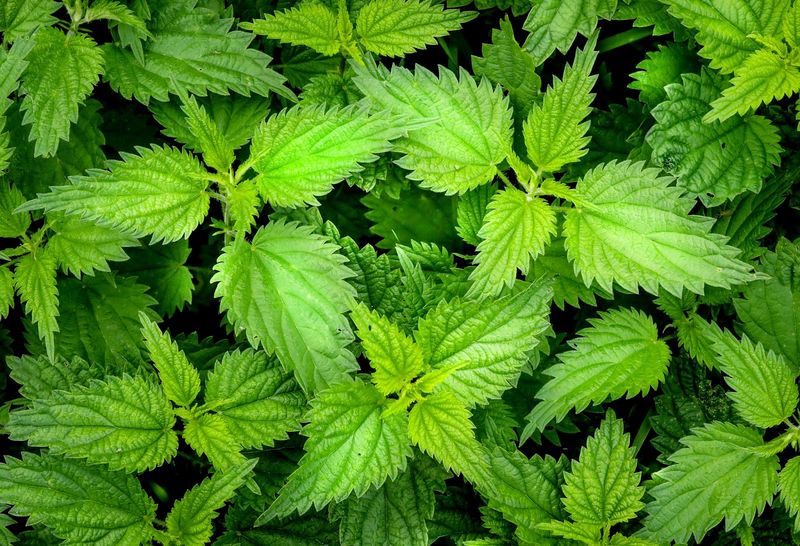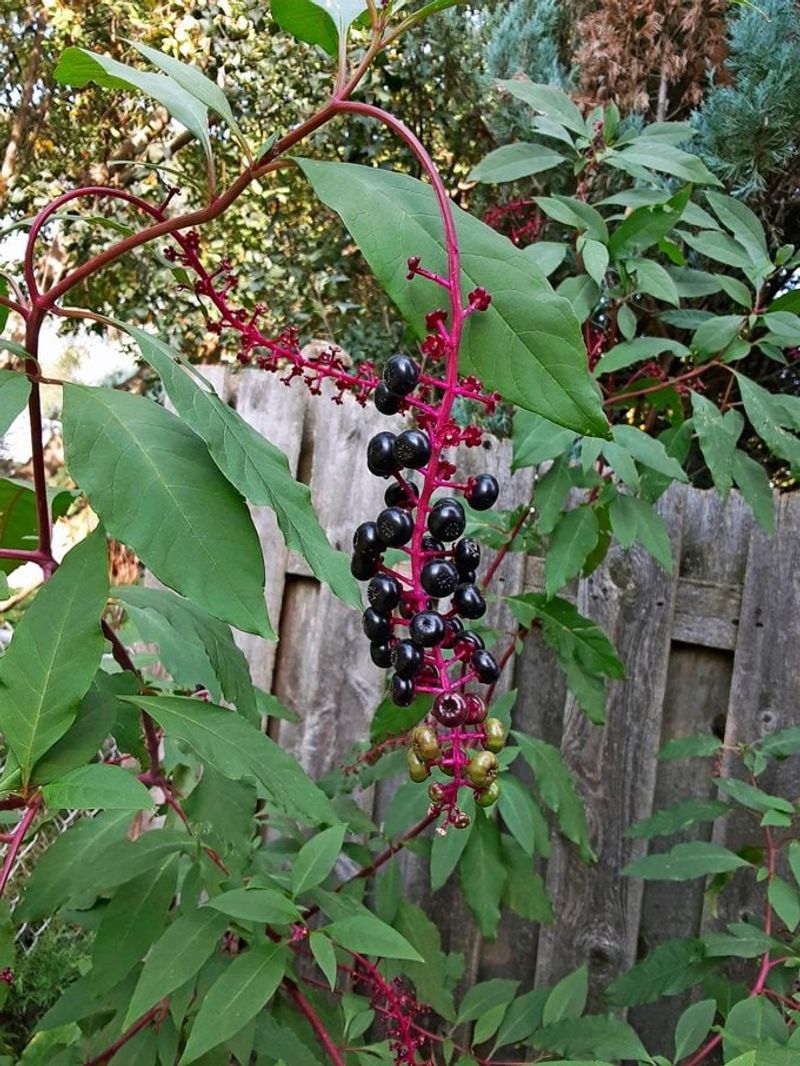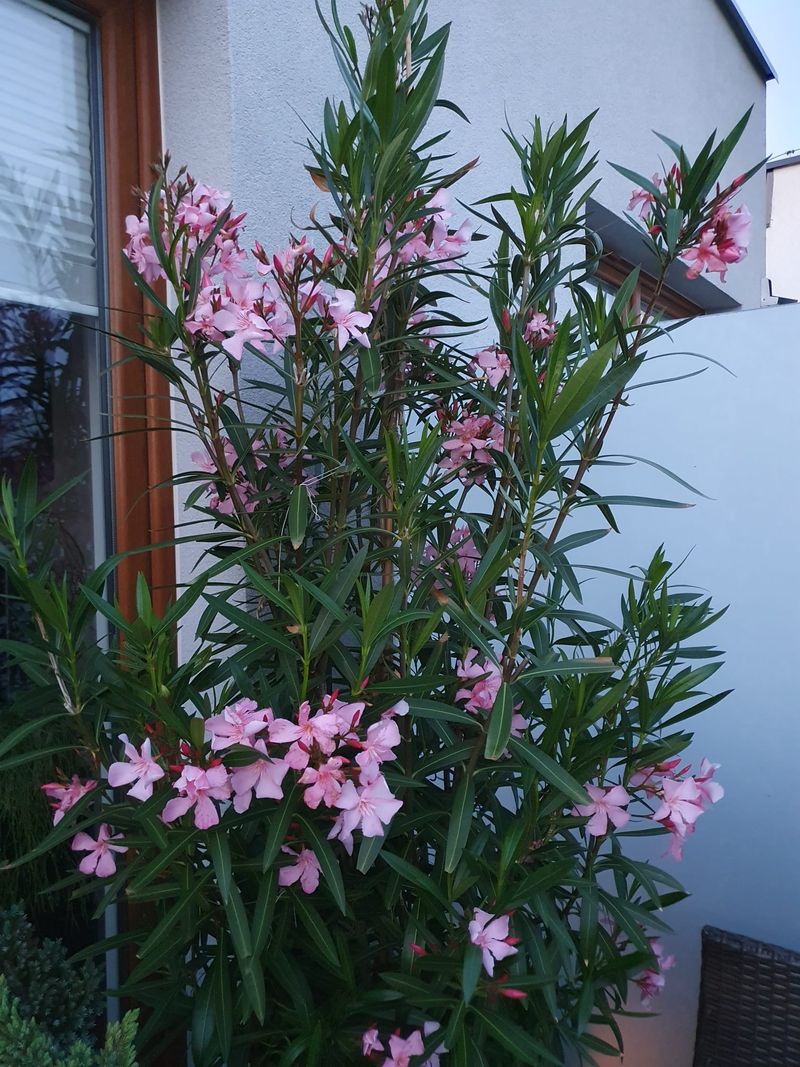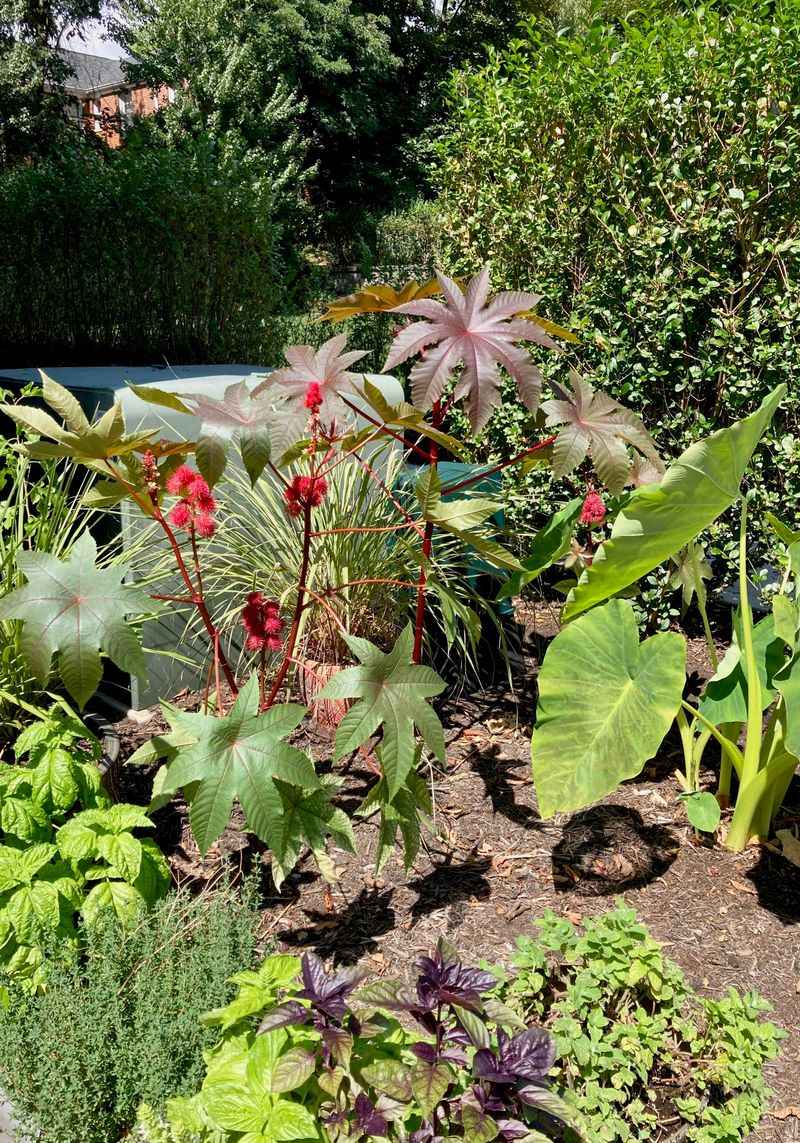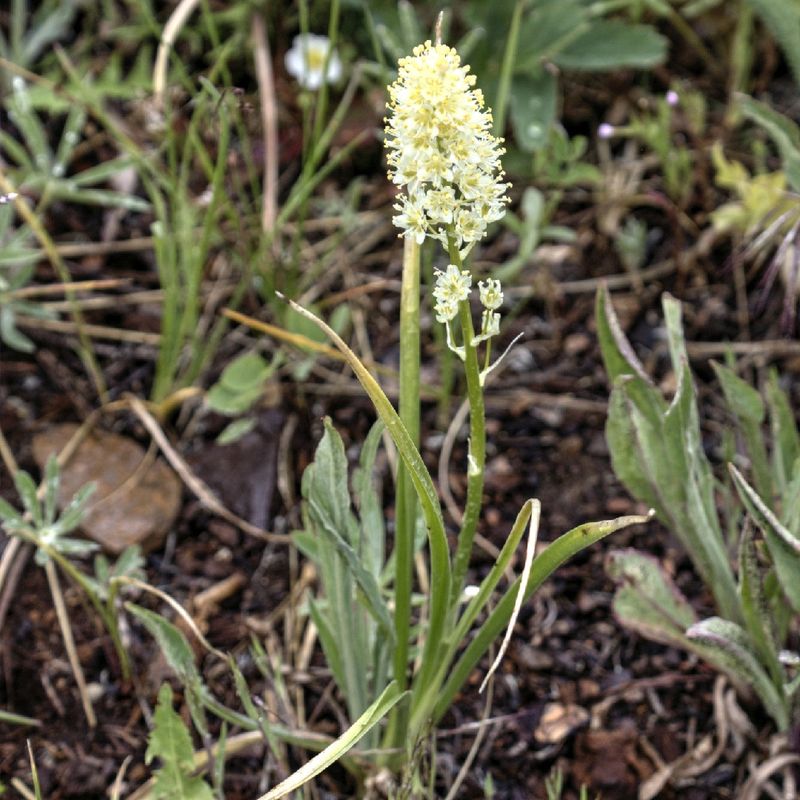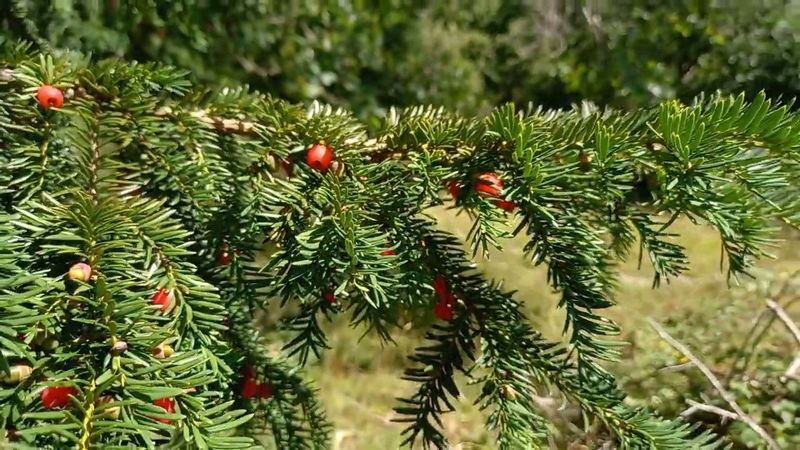North America’s wild beauty hides more than just breathtaking views—it’s also home to some seriously dangerous plants. I used to wander trails without giving much thought to what I brushed against, until I learned the hard way.
Some of these plants can cause painful rashes, others can affect your heart or nervous system—and in rare cases, be deadly. It’s sobering stuff, especially if you spend time hiking, gardening, or just exploring.
Knowing what to watch for isn’t about being scared—it’s about being prepared. Once you learn to spot these toxic troublemakers, you can enjoy nature with more confidence and fewer risks.
1. Poison Ivy: The Three-Leafed Menace
This infamous plant causes misery for millions each year with its irritating urushiol oil. Even brief contact can trigger an intensely itchy, blistering rash that lasts for weeks.
I learned the hard way while clearing brush at my cabin—the oils can remain active on tools and clothing for years. Remember the rhyme: “Leaves of three, let it be.”
Found throughout most of North America, poison ivy changes appearance seasonally, displaying reddish leaves in spring, green in summer, and yellow-orange in fall.
2. Water Hemlock: The Deadliest Plant In North America
Often mistaken for edible plants like Queen Anne’s lace or wild parsnip, water hemlock contains cicutoxin—a powerful neurotoxin that attacks the central nervous system.
Just a small bite can cause violent seizures within 15 minutes, frequently leading to death. Growing near streams and in marshy areas, this member of the carrot family features clusters of small white flowers arranged in umbrella-shaped heads.
Foragers beware: no part of this plant is safe, and there’s no antidote once ingested.
3. Giant Hogweed: The Blinding Sap Monster
Standing up to 14 feet tall with massive white flower clusters, giant hogweed looks impressively harmless. But its sap contains chemicals that make skin extremely sensitive to sunlight, causing severe burns, blistering, and permanent scarring.
Eye contact can lead to temporary or even permanent blindness. The reaction often doesn’t appear until 24-48 hours after exposure, making it particularly dangerous.
Never attempt to remove this plant without professional-grade protective gear—every part contains the toxic sap.
4. Manchineel: The One That Can Kill With Just A Touch
Known to indigenous peoples as “the little apple of death,” the manchineel is so toxic that standing under it during rain can cause skin blistering. Every part—bark, leaves, fruit—contains powerful toxins that can cause severe reactions or death.
Found in coastal areas of Florida and the Caribbean, these trees are often marked with red paint or warning signs.
The apple-like fruits look deceptively appetizing but can cause throat swelling and respiratory failure. Some Caribbean beaches post warnings about these trees—heed them without exception.
5. Poison Oak: The Woodland Troublemaker
Similar to its cousin poison ivy, poison oak causes the same miserable rash but tends to grow as a shrub rather than a vine. The leaves resemble oak leaves with rounded lobes, typically growing in clusters of three.
The oils can transfer from pets to humans, so check your dog after woodland walks. During my last camping trip in California, I spotted this growing right beside our designated trail.
Poison oak is particularly abundant along the Pacific coast, with eastern varieties found throughout the southeastern United States.
6. Deadly Nightshade: Beauty With A Fatal Side
With shiny black berries that look like cherries, deadly nightshade has tempted many to a dangerous mistake. All parts contain atropine and scopolamine—potent alkaloids that disrupt the nervous system and can cause hallucinations, convulsions, and death.
Children are particularly vulnerable due to the attractive berries and sweet taste. Just two berries can be lethal to a child, while 10-20 may kill an adult.
Though less common than other dangerous plants, it’s found in waste areas and disturbed soils across North America.
7. Poison Sumac: The Rash-Inducing Wetland Dweller
Often overlooked compared to its infamous cousins, poison sumac actually contains more urushiol oil than poison ivy or oak, making it potentially more reactive. The plant grows as a shrub or small tree in wet, boggy areas.
Identifying features include stems with 7-13 smooth-edged leaflets arranged in pairs with a single leaf at the end.
The berries grow in loose, hanging clusters and are grayish-white. Never burn this plant—inhaling the smoke can cause life-threatening lung inflammation.
8. White Snakeroot: The Milk Poisoner
This unassuming plant with clusters of small white flowers was responsible for thousands of deaths in the 19th century, including Abraham Lincoln’s mother.
The toxin tremetol passes through cows that eat it into their milk, causing “milk sickness” in humans. Symptoms include trembling, vomiting, delirium, and eventually death.
Modern milk processing has largely eliminated this threat, but it remains dangerous to grazing livestock and foragers. White snakeroot thrives in woodland areas throughout eastern and central North America.
9. Jimsonweed: The Delirious Devil’s Trumpet
Also called devil’s trumpet for its distinctive trumpet-shaped flowers, jimsonweed contains powerful hallucinogens that have fooled many teenagers into dangerous experimentation.
Every part contains atropine, scopolamine, and hyoscyamine—toxins that cause extreme thirst, hyperthermia, and vivid hallucinations. The spiny seed pods are particularly dangerous, with numerous cases of accidental poisonings each year.
Recovery can take days or weeks, with some neurological effects lingering longer. This plant commonly grows in disturbed soils, vacant lots, and roadsides across North America.
10. Stinging Nettle: The Painful Woodland Surprise
Brushing against stinging nettle delivers an immediate burning sensation that can last for hours. Tiny hollow hairs on the leaves and stems act like hypodermic needles, injecting histamine and other chemicals that cause pain, redness, and swelling.
Despite its sting, this plant has been used medicinally for centuries and is even edible when properly cooked. I’ve harvested it wearing thick gloves to make nettle tea—the benefits are worth the careful handling.
Found throughout North America, it typically grows in rich, moist soils and disturbed areas.
11. Pokeweed: The Purple Stain Of Danger
With tempting dark purple berries that stain everything they touch, pokeweed has lured many children into accidental poisonings.
The entire plant contains phytolaccatoxin and other compounds that cause severe stomach cramping, vomiting, and potentially respiratory failure. Oddly enough, young shoots are considered a delicacy in some southern states when properly prepared through multiple boilings.
However, this is one plant I’d never risk preparing at home. Pokeweed can grow over eight feet tall and is found throughout eastern North America.
12. Oleander: The Beautiful Backyard Killer
Despite its gorgeous flowers, every part of oleander contains cardiac glycosides that disrupt heart rhythm and can cause death. Just one leaf can be fatal to a child, yet this plant is commonly used in landscaping throughout warmer regions of North America.
The toxins remain active even when the plant is dried, making burning oleander particularly dangerous. Smoke inhalation can cause severe respiratory distress and cardiac problems.
Garden centers rarely provide warnings about this plant’s extreme toxicity—a serious oversight considering its popularity.
13. Castor Bean Plant: Source Of The World’s Deadliest Toxin
Growing as an ornamental for its tropical appearance, the castor bean plant produces ricin—a protein so toxic that a few milligrams can kill an adult human. The mottled beans inside the spiny seed pods contain the highest concentration.
Ricin works by preventing cells from making necessary proteins, leading to organ failure and death. There’s no antidote once it’s ingested, though supportive care can help if treatment begins quickly.
Despite its extreme toxicity, this plant is legal to grow throughout North America and is sometimes found in gardens.
14. Death Camas: The Deadly Meadow Imposter
Often mistaken for wild onions or edible lilies, death camas contains zygacine and other alkaloids that cause severe vomiting, seizures, and cardiac arrest. The bulbs are particularly dangerous because they closely resemble edible wild onions but lack the distinctive onion smell.
Native Americans were well aware of this plant’s toxicity, warning early settlers about the dangers. Several species grow across North America, especially in meadows and grasslands of western states.
For foragers, this plant represents one of the most dangerous identification mistakes possible.
15. Yew: The Evergreen Assassin
Commonly planted as ornamental shrubs and trees, yews contain taxine alkaloids that cause cardiac arrest with very little warning.
The bright red berries have a sweet aril (flesh) surrounding a highly toxic seed—a dangerous combination that attracts children. Every part except the red flesh around the seeds is poisonous, with the highest concentrations in the needles and seeds.
Death can occur within hours of ingestion with little opportunity for treatment. Despite their toxicity, yews are planted around homes and schools throughout North America.

